Beefcake Photography
Decoding “Beefcake”
The term “beefcake” usually refers to a photographic display of muscular male physiques and is believed to have been first formally coined by Hollywood columnist Sidney Skolsky in 1949. The beefcake aesthetic has been largely promoted in male physique magazines, but also by Hollywood as it realized the public’s interest, and by extension its lucrative benefits. As a result, movies began featuring handsome men with muscular attributes. In relation to the term “cheesecake”, which described beautifully built women, the appellation “beefcake” to describe equally well-built men was born.
However, by the time the term came into use in the late 1940s, its imagery had already been in circulation for years. One of the early examples of beefcake imagery can be found in Edwin F. Townsend’s work. Townsend, a New-York based photographer, started shooting male physique photographs as early as the 1920s—a profitable way to supplement his portrait studio’s income. His most famous set of physique photographs is certainly his series of the model, actor, and bodybuilder Tony Sansone in the interwar period, shot in a neoclassicist aesthetic in which the model posed in the likes of Greek statues.
Beefcake Photography & the Gay Community: 1940s to 1960s
The beefcake imagery was quickly appropriated by the gay community to become a visual testimony of same-sex desire during the pre-Stonewall era.
Spanning three decades in the muscle magazines of the 1940s, 1950s, and 1960s, beefcake photography represents a diversified body of work that both reflected and skewed American ideals of masculinity. Including studio and outdoor settings, its imagery is rich in its depiction of models posing with props, scantily clad or nude, and occasionally together.
In opposition to the mainstream movie industry, the history of beefcake photography has been highly secretive. Ranging from standards of sculptural bodies either in black and white or colorful photographs, but also 35 mm slides, to more erotic photos showcasing men in revealing or ambiguous postures, it can be split in two categories: athletic photographs serving as an alibi, which belong to the legal sphere of the public arena or mail-order photographs which belong to the then-illegal sphere meant for personal or private use.
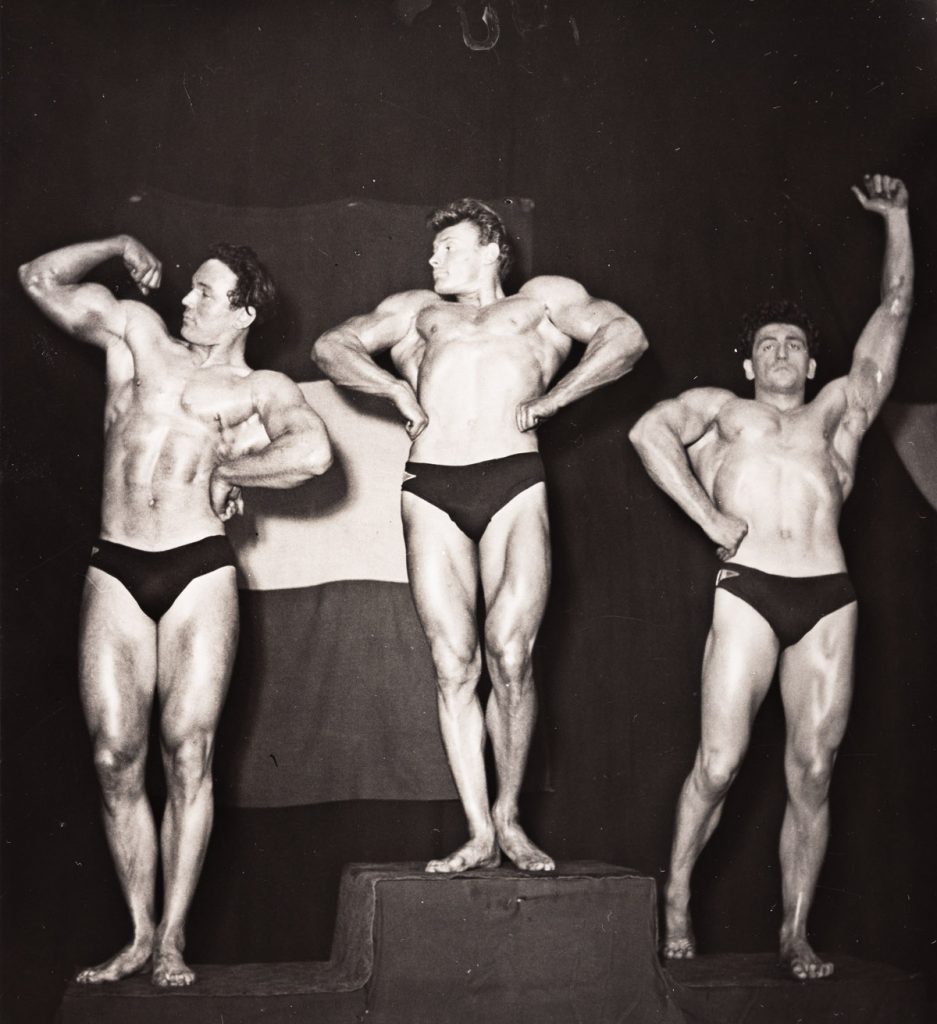
By the 1940s, a wide variety of homoerotic imagery had begun to be available to a wide public through male fitness or physique publications. Magazines such as Physique Pictorial, heavily illustrated with sexy photos of bodybuilders, were using fitness as a pretext and were mainly targeting a largely underground gay subculture. The Studio Arax was extremely popular, with its classical images of fitness competitions in which the bodybuilders looked like Greek sculptures.
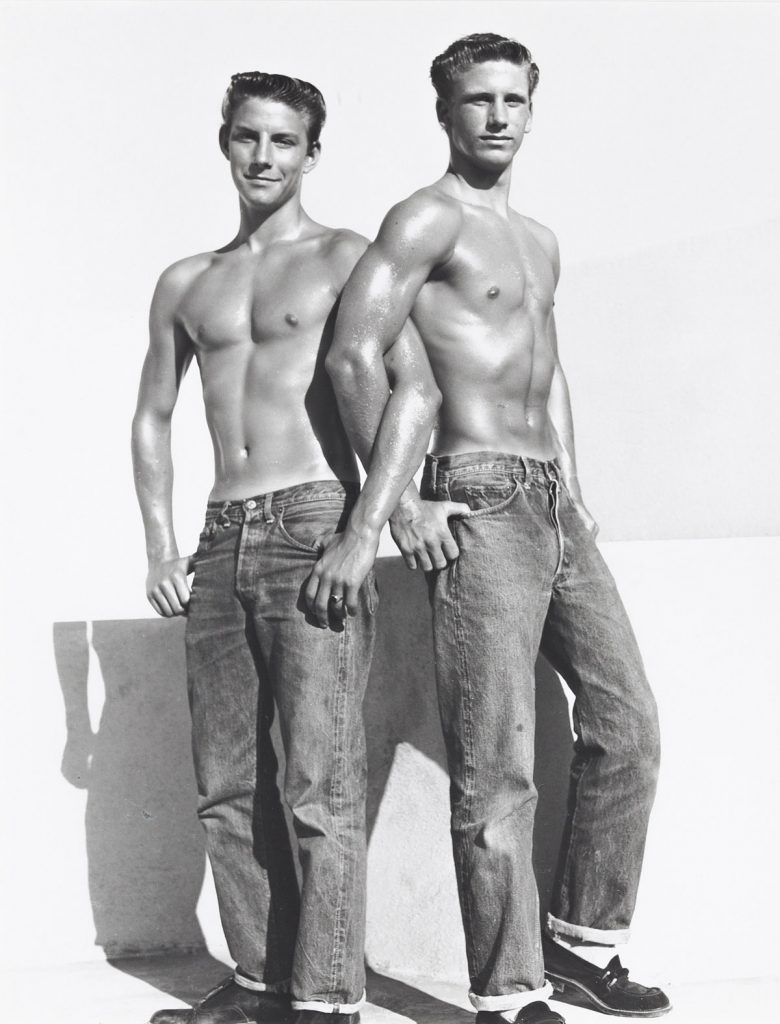
At the end of the 1950s, photo studios such as Bob Mizer’s influential Athletic Model Guild (AMG), the Western Photography Guild, and Spartan of Hollywood emerged and gradually dropped the pretense of physical culture or bodybuilding interest to market their photographs (somewhat) more openly to gay consumers.
This was soon to be followed in the 1960s by an underground industry promoting a more erotic version of this type of imagery for its gay community mostly through anonymous mail orders at a time when the production, distribution, and also possession of homosexual imagery was illegal. This also explains why many beefcake studio photographs that are objectively erotic are not signed in order to protect themselves from prosecution. Bruce of LA, Walter Kundzic or Peter Berlin are some excellent examples of this era. For instance, Peter Berlin and Bruce of LA‘s photographs and illustrations of hypermasculine men reveal a significant erotic turnout, while Walter Kundzicz’s Champion Studios, in opposition, promoted a return to natural though playful homoerotic depiction.
Related Reading:
Under the name Champion Studio, Walter Kundzicz became one of the last great pioneers of physique photography when he entered the field in the late 1950s. Unlike the muscle-bound beefcake imagery of earlier decades, Champion’s handsome young models were a new breed. Not only did Kundzicz push legal boundaries with sexier props and more revealing imagery, but his color photographs also pushed the established aesthetics, featuring sunny, youthful models in everyday settings, beautifully capturing a new era on the cusp of the sexual revolution. These photographs became wildly popular with mail-order customers and collectors because they stood in stark contrast to most of the physique photography available at that time.
Yet beefcake culture is not just to be considered as a tool promoting a homoerotic aesthetic. It was ideologically a symbol of gay liberation, by exposing the sexist myth of the female body as the only erotic vector, embracing the homoerotic content, and drifting away from the heterosexual paradigm of desire.
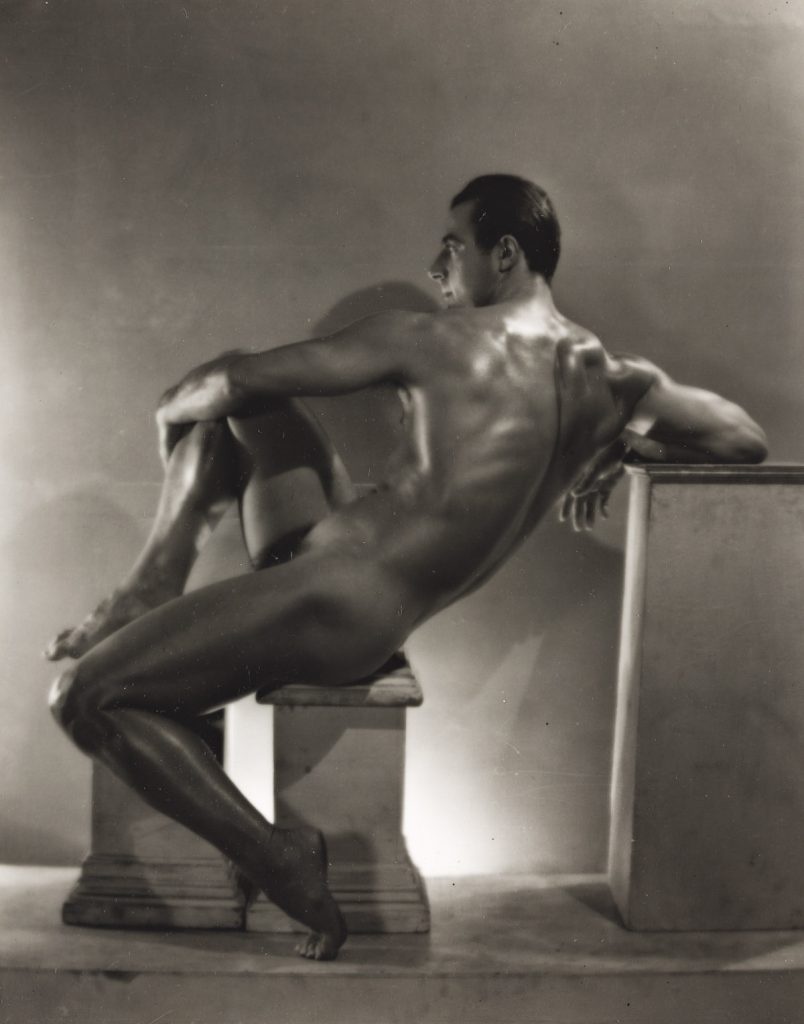
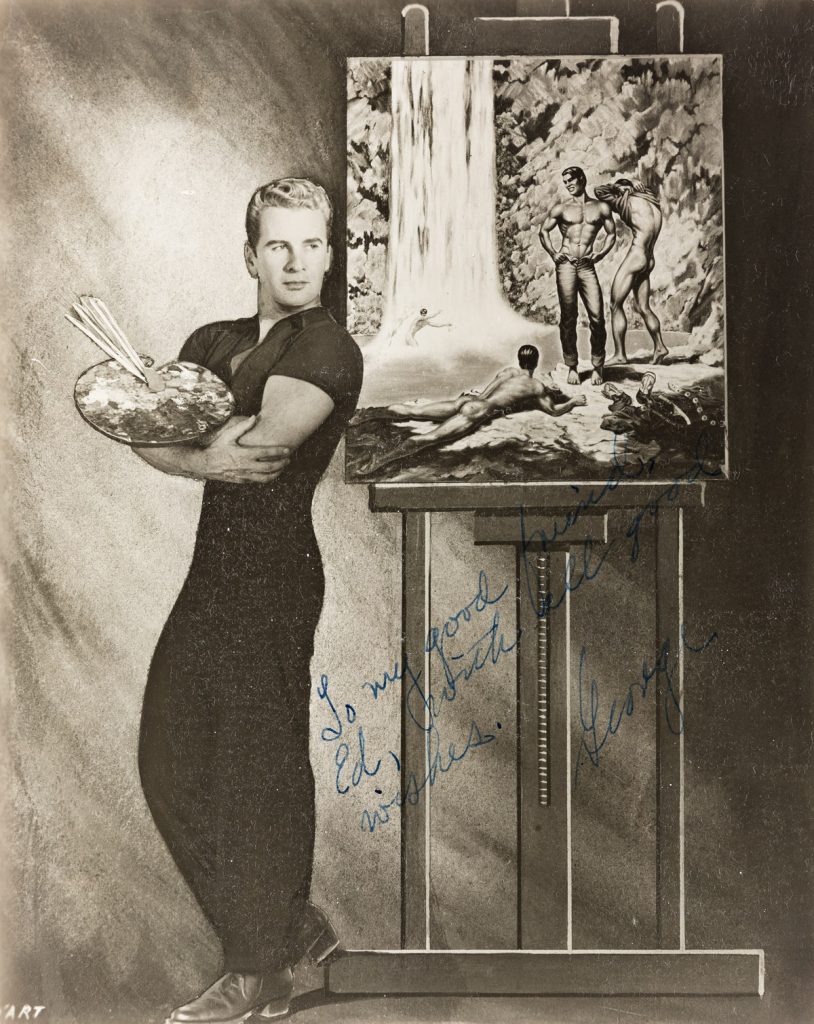
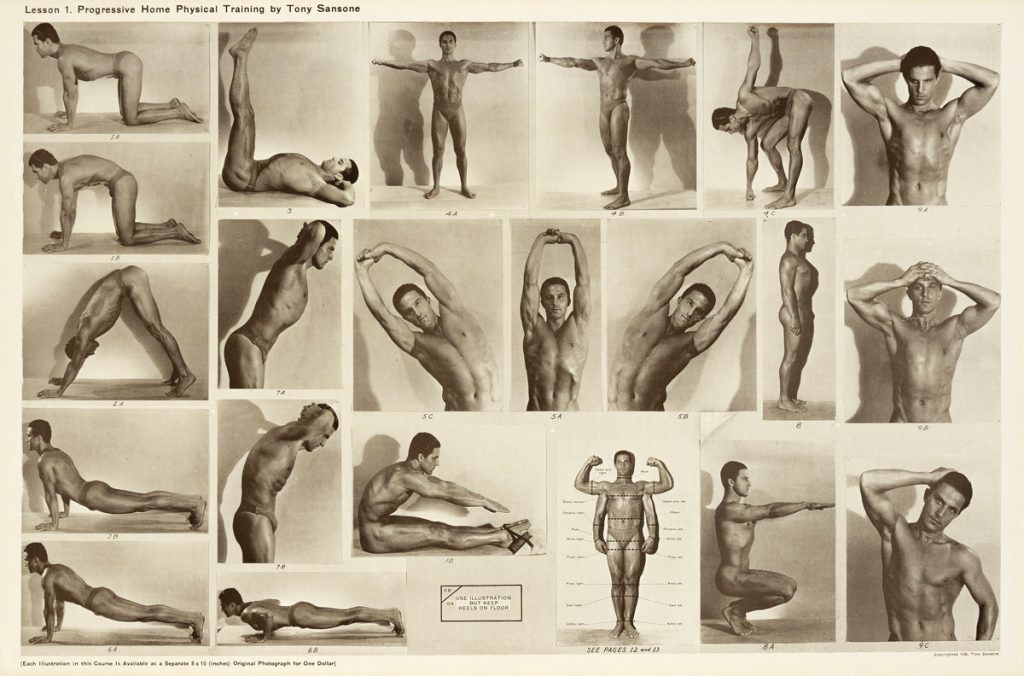
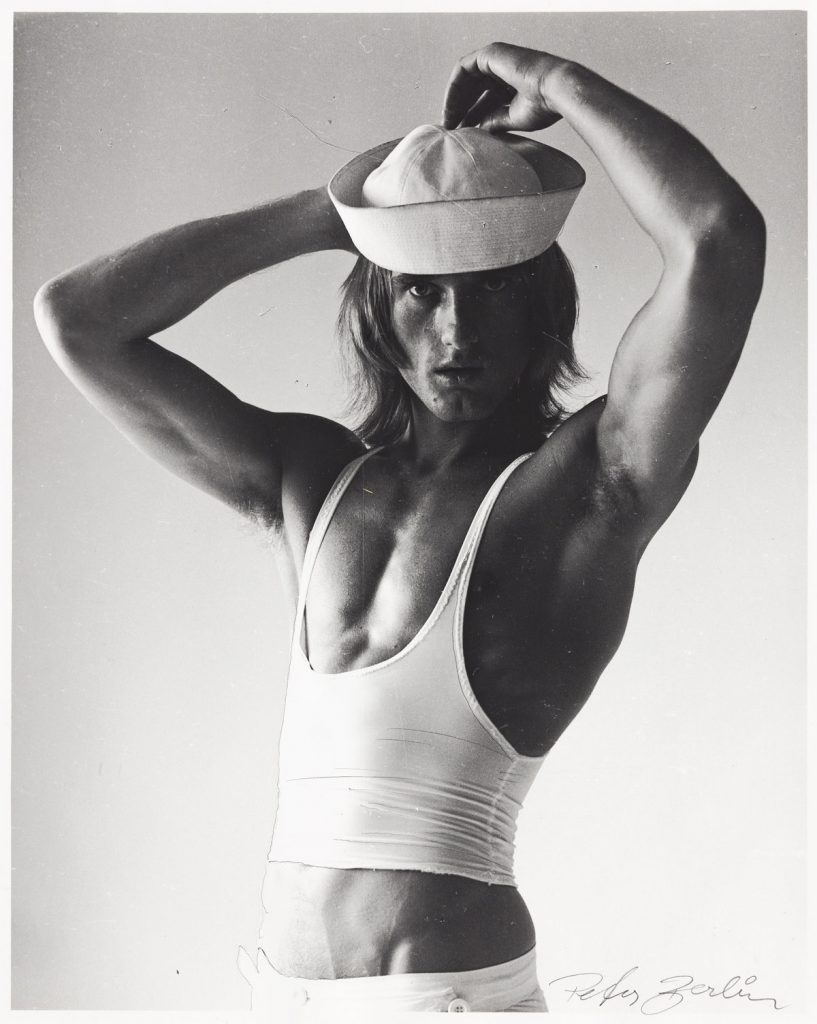
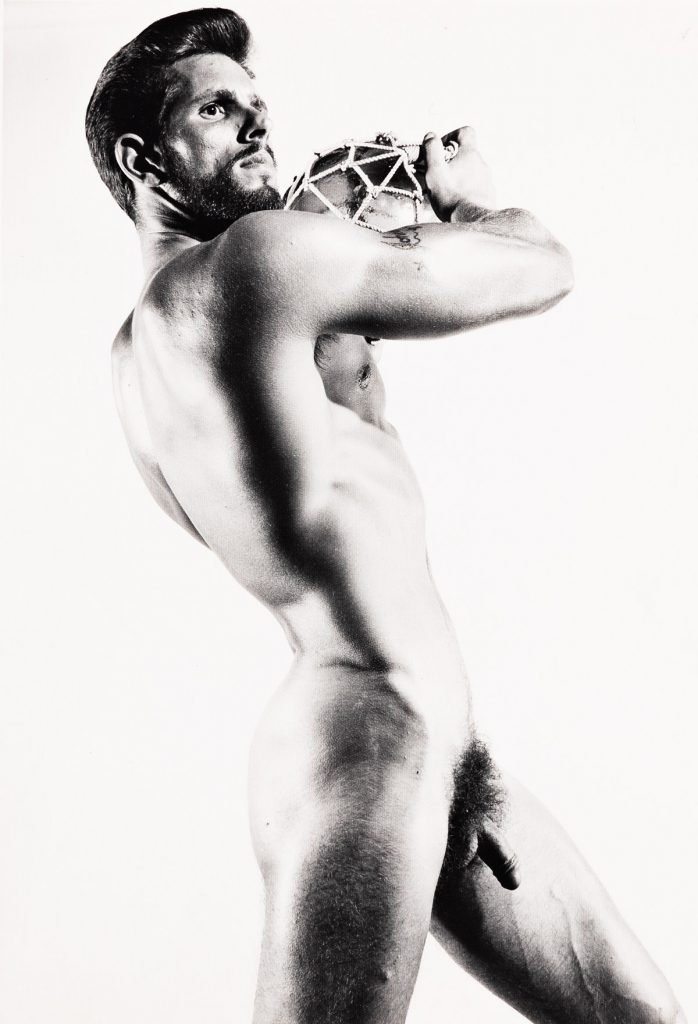
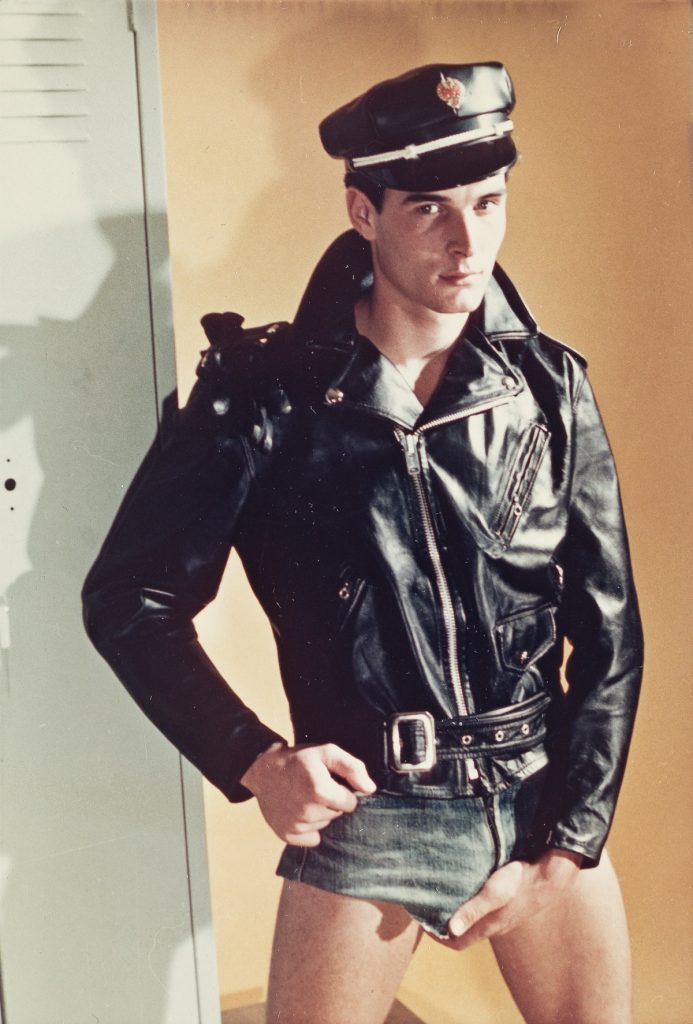
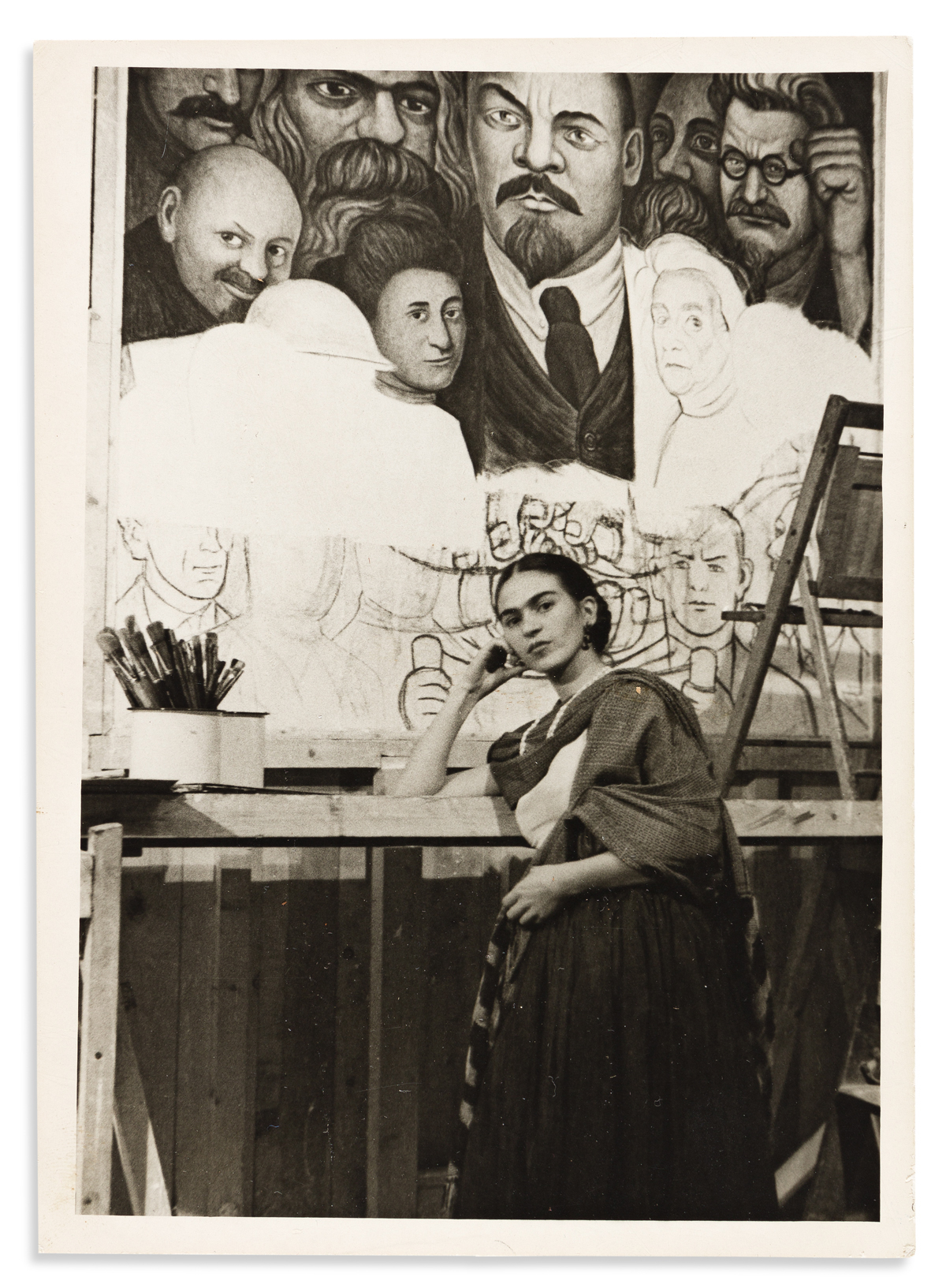
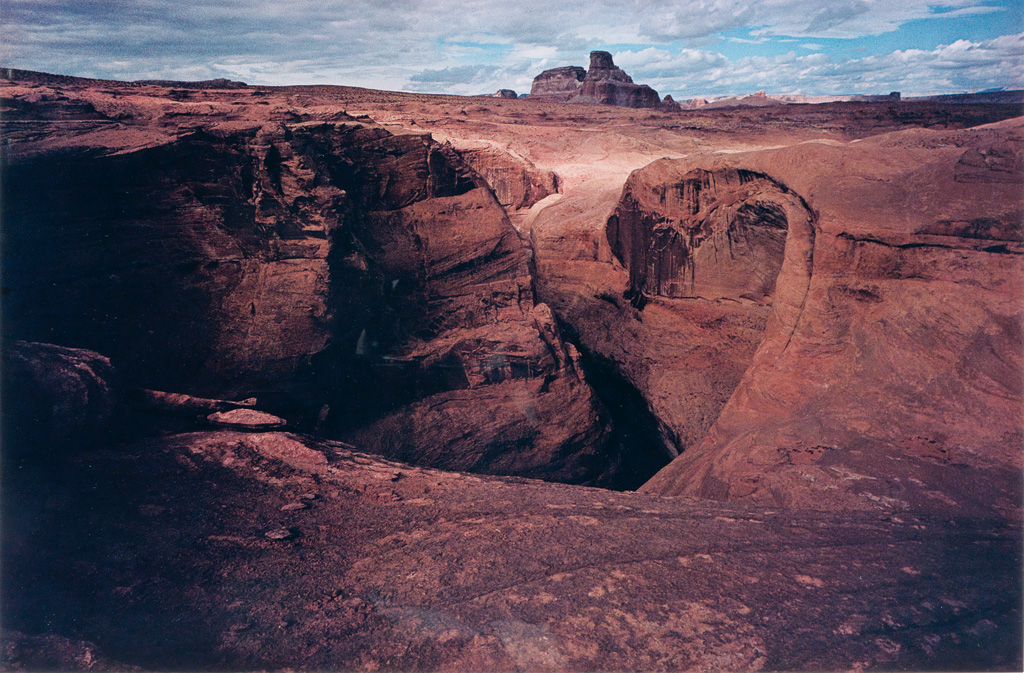
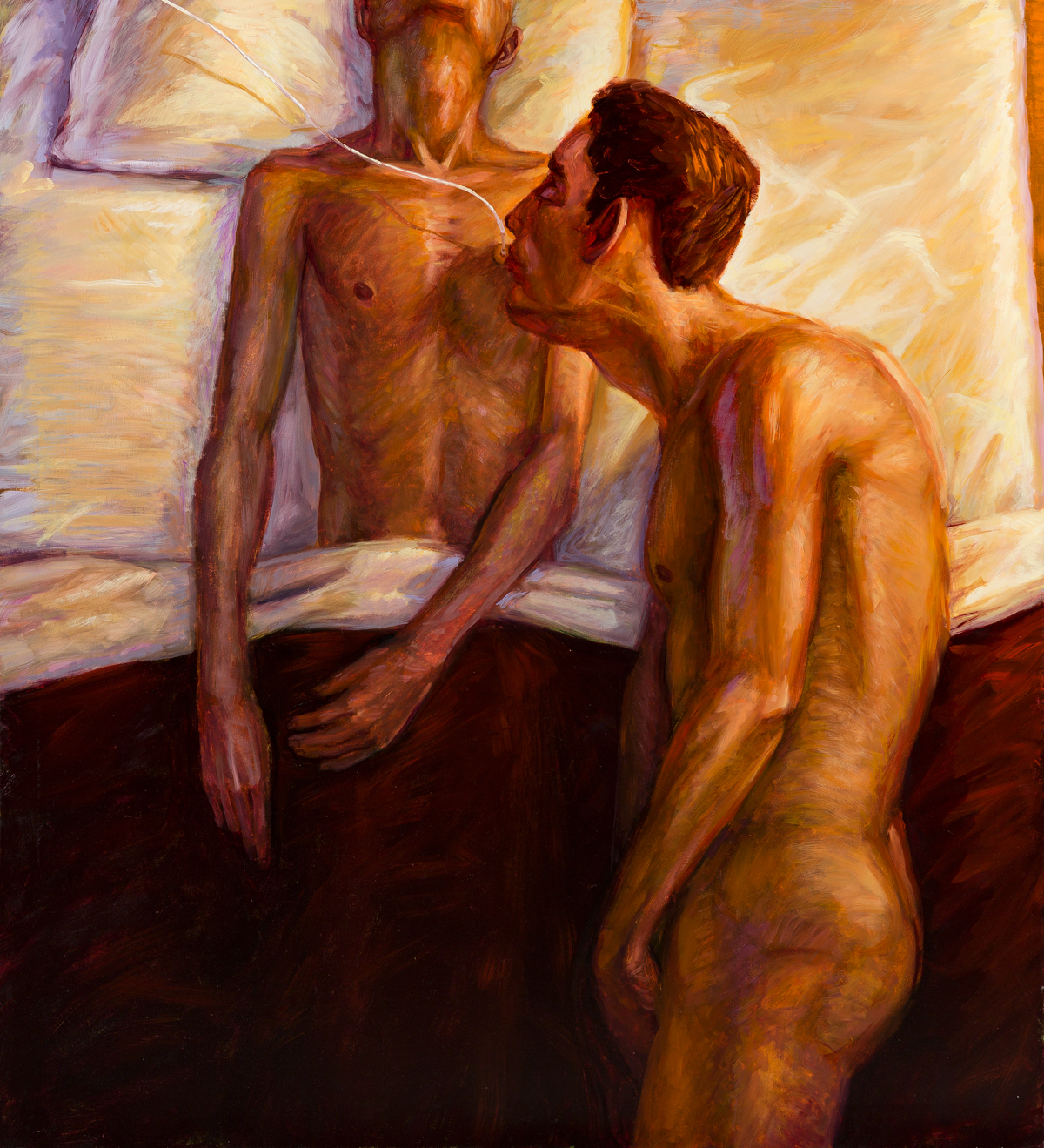












![Grace Meschery-McCormack shares about two copies of Fernando de Rojas’s ‘La Célestine,’ including a limited edition copy illustrated by Pablo Picasso.
At auction April 22. Learn more about the works at the link in our bio.
#Rarebooks #rarebookdealer #antiquarianbooks #auctions
_______________________________________
Music Credit:
Schubert - Piano Quintet in A major ‘The Trout’, D. 667 - IV. Andantino – Allegretto
Music provided by Classical Music Copyright Free on Youtube [https://tinyurl.com/visit-cmcf]
Watch: • Schubert - Piano Quintet in A major ‘...]](https://scontent-iad3-1.cdninstagram.com/v/t51.75761-15/491443494_18499096345036585_5935932878956098058_n.jpg?stp=dst-jpg_e35_tt6&_nc_cat=107&ccb=7-5&_nc_sid=18de74&_nc_ohc=Kjf2AzWLeY8Q7kNvwEQYrfY&_nc_oc=Adn_Uzi4Nwl1nHCsTtuLCIkthuYOWwKedtxovtcdMSYhpbHQGScR7QSzzN2rD0v-khE&_nc_zt=23&_nc_ht=scontent-iad3-1.cdninstagram.com&edm=AM6HXa8EAAAA&_nc_gid=IbcSqAQUVpdaO9JWi-44pg&oh=00_AfJSqMxcJpH4q9h9WDsPEY5foV5lT7WggsaS36MyZDbjdA&oe=68217E51)


